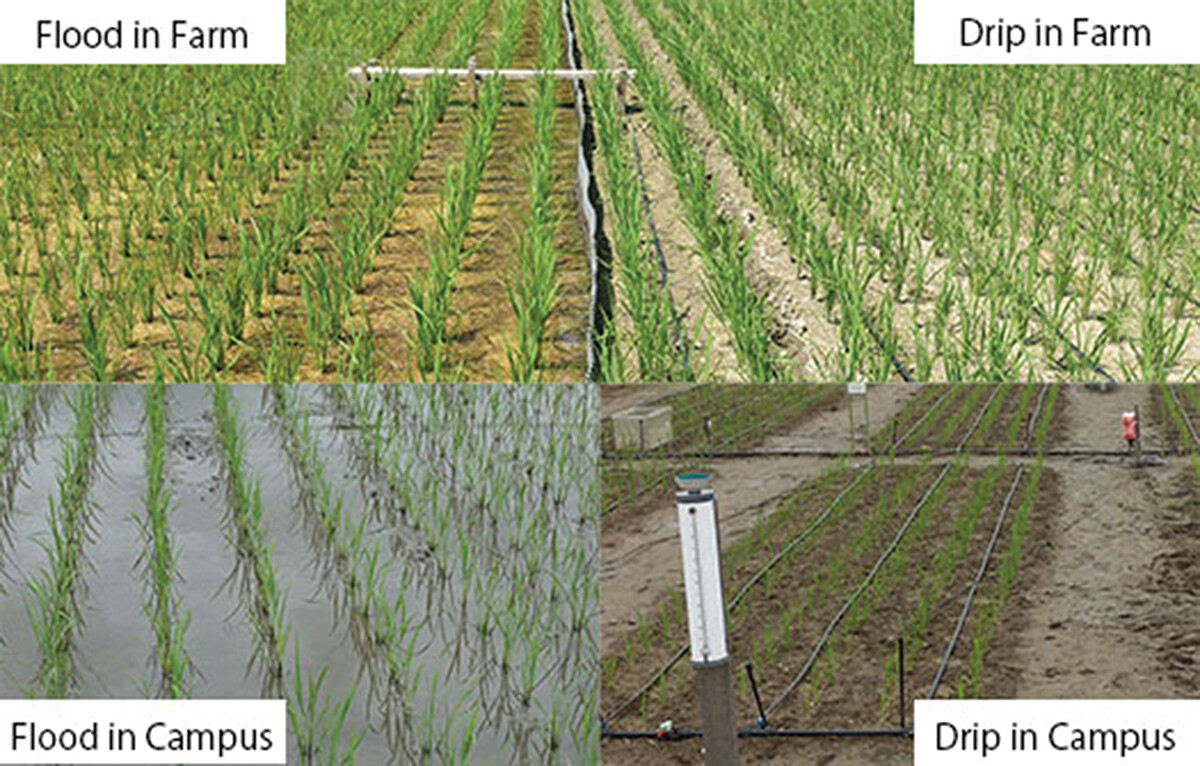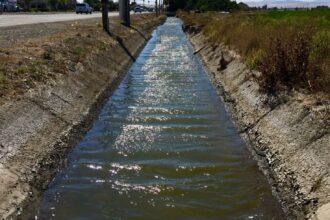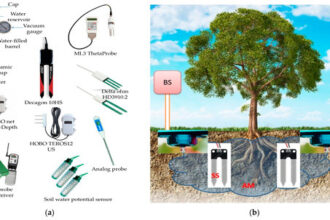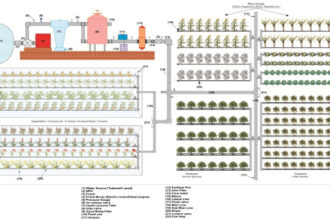Flood irrigation is one of the oldest and simplest methods of watering agricultural fields, gardens, and landscapes. This guide explores its principles, advantages, challenges, and practical applications.
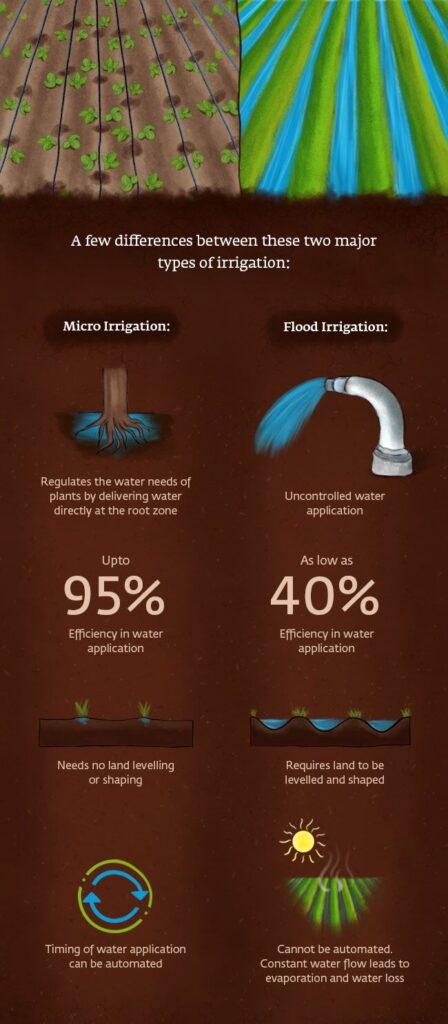
Understanding Flood Irrigation
Flood irrigation involves applying water directly to the soil surface, where it spreads and infiltrates to reach plant roots. Typically, water flows from a source such as a canal, reservoir, or river, and is distributed across the land using gravity.
Key Components of Flood Irrigation
| Component | Description |
|---|---|
| Water Source | River, canal, or reservoir supplying the system. |
| Distribution System | Channels, furrows, or basins to guide the water. |
| Field Layout | Land leveled or contoured for efficient flow. |
| Control Structures | Gates, weirs, or siphons for regulating water. |
Advantages of Flood Irrigation
- Cost-Effective: Minimal infrastructure and maintenance costs.
- Simple Setup: Requires basic tools and natural slopes.
- Soil Enrichment: Deposits nutrients from water sources onto the field.
- Large Area Coverage: Suitable for vast agricultural lands.
Challenges of Flood Irrigation
- Water Wastage: High potential for runoff and evaporation.
- Soil Erosion: Excessive water flow can degrade topsoil.
- Uneven Distribution: May result in overwatering in some areas and underwatering in others.
- Labor Intensive: Requires manual oversight and adjustments.

Steps for Effective Flood Irrigation
- Prepare the Field
- Level the land to ensure uniform water distribution.
- Create channels or furrows to guide water flow.
- Regulate Water Flow
- Use control structures like gates to manage water volume and speed.
- Monitor and Adjust
- Regularly inspect the field during irrigation to prevent overflooding.
- Redirect water as needed to cover all areas evenly.
- Maintain Infrastructure
- Clear debris from channels and repair any damaged structures.
Types of Flood Irrigation Systems
| System Type | Characteristics |
| Wild Flooding | Water flows freely without strict boundaries. |
| Furrow Irrigation | Water flows along small trenches or furrows. |
| Basin Irrigation | Water is confined within leveled basins. |
| Border Irrigation | Fields divided into strips bordered by levees. |
Applications of Flood Irrigation
- Rice Cultivation: Ideal for paddies requiring submerged conditions.
- Orchards: Suitable for tree crops with deep root systems.
- Pastures: Efficient for grasses and forage crops.
- Traditional Farming: Common in regions with access to rivers.
User Feedback on Flood Irrigation
Rajiv, Farmer: “Flood irrigation has been part of our family farm for generations. It’s cost-effective and works well for our rice paddies.”
Amara, Agriculturalist: “While it’s traditional, flood irrigation isn’t ideal for water-scarce regions. Transitioning to drip irrigation improved efficiency.”
John, Rancher: “For pastures, flood irrigation is simple and reliable. It keeps the grass lush and healthy.”
Pro Tips for Success
- Invest in Land Leveling: Ensure uniform water flow and avoid pooling.
- Combine with Modern Techniques: Use moisture sensors to optimize watering schedules.
- Prevent Runoff: Use barriers or berms to contain water within the field.
- Conserve Water: Adopt rotational watering schedules during dry periods.
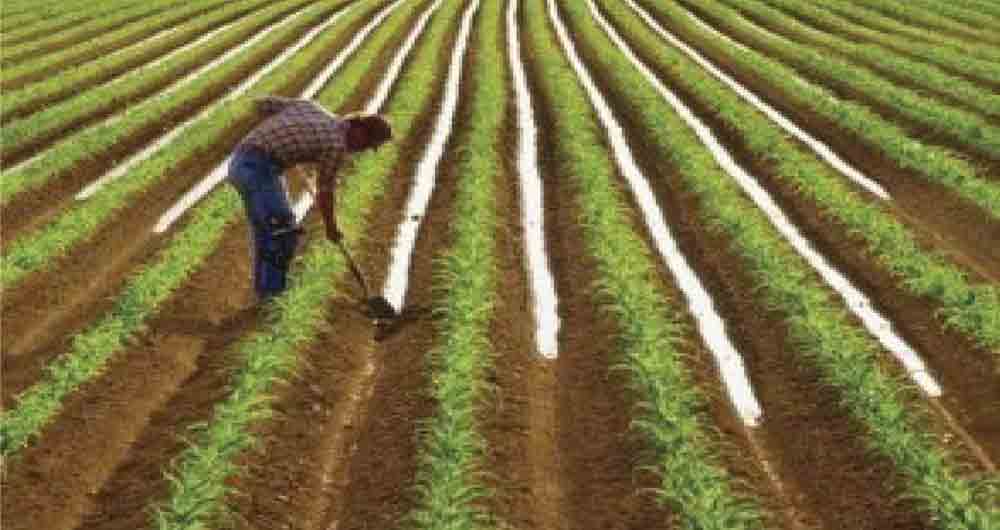
Conclusion
Flood irrigation remains a valuable technique for traditional farming and large-scale agriculture. While it has limitations, proper planning and maintenance can enhance its effectiveness, ensuring sustainable water use and healthy crop yields.
